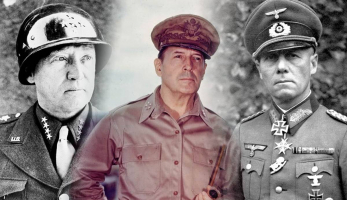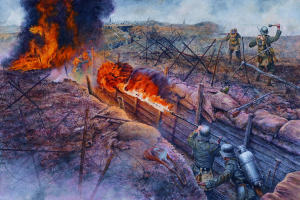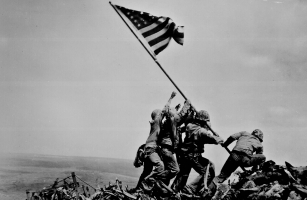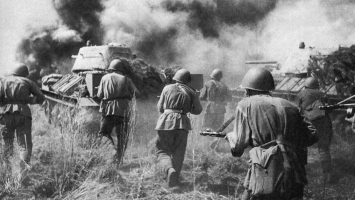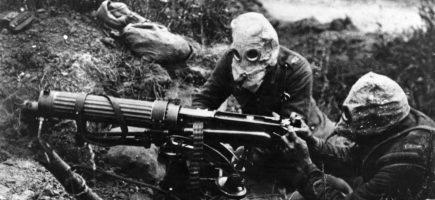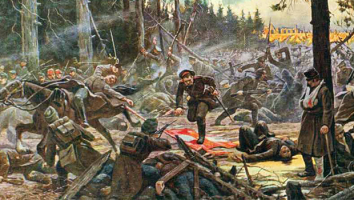Top 10 Greatest Submarine Aces of World War II
Two major submarine campaigns occurred during World War II. The German Navy utilized its U-boat fleet to try to deny Great Britain the war materials and ... read more...supplies it needed to continue fighting the war. Over the course of the war, German U-boats destroyed 14.1 million tons of Allied shipping, accounting for nearly 70% of all Allied losses in all theaters of the global conflict. Both services produced men with remarkable records of enemy destruction. Total ships and tonnage sunk vary depending on source, but here are the top 10 Greatest Submarine Aces of World War II.
-
Slade Cutter was a football player for the US Naval Academy Midshipmen before becoming a submarine ace in WWII. Cutter was an All-American at Navy in the 1930s and was inducted into the College Football Hall of Fame in 1967. He joined the battleship USS Idaho after graduation in 1935. He joined the submarine service in 1936 and was serving as the executive officer on the USS Pompano by 1941. After three war patrols on the submarine, he was assigned as the executive officer to the USS Seahorse, SS-304, which was still under construction.
Seahorse's commanding officer was relieved after the ship completed its first war patrol due to a lack of aggression toward the enemy. In October 1943, Cutter was given command of the ship. During his four war patrols, he sank almost 142,000 tons of Japanese commerce, including the enemy submarine I-274. Submarine-on-submarine attacks were relatively rare during the war, contrary to popular belief.
Cutter stayed in the Navy after the war, retiring in 1965 as a Captain. He received the Navy Cross, the service's second highest award, for each of his four war patrols in Seahorse during WWII. According to some, he never attained flag rank because of his open contempt for deskbound senior officers, including Hyman Rickover, which disqualified him from command in the emerging nuclear navy.
- Date/place of birth: November 1, 1911, Oswego, Illinois, USA
- Date of death: June 9, 2005, Annapolis, Maryland, USA
- Awards: Silver Star, Bronze Star Medal
- Sink more than 142,000 tons of ships (21 ships)
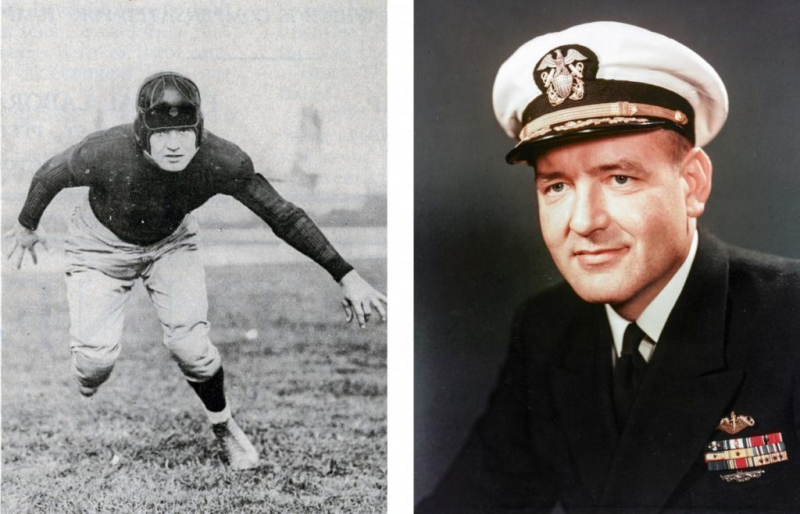
news.va.gov 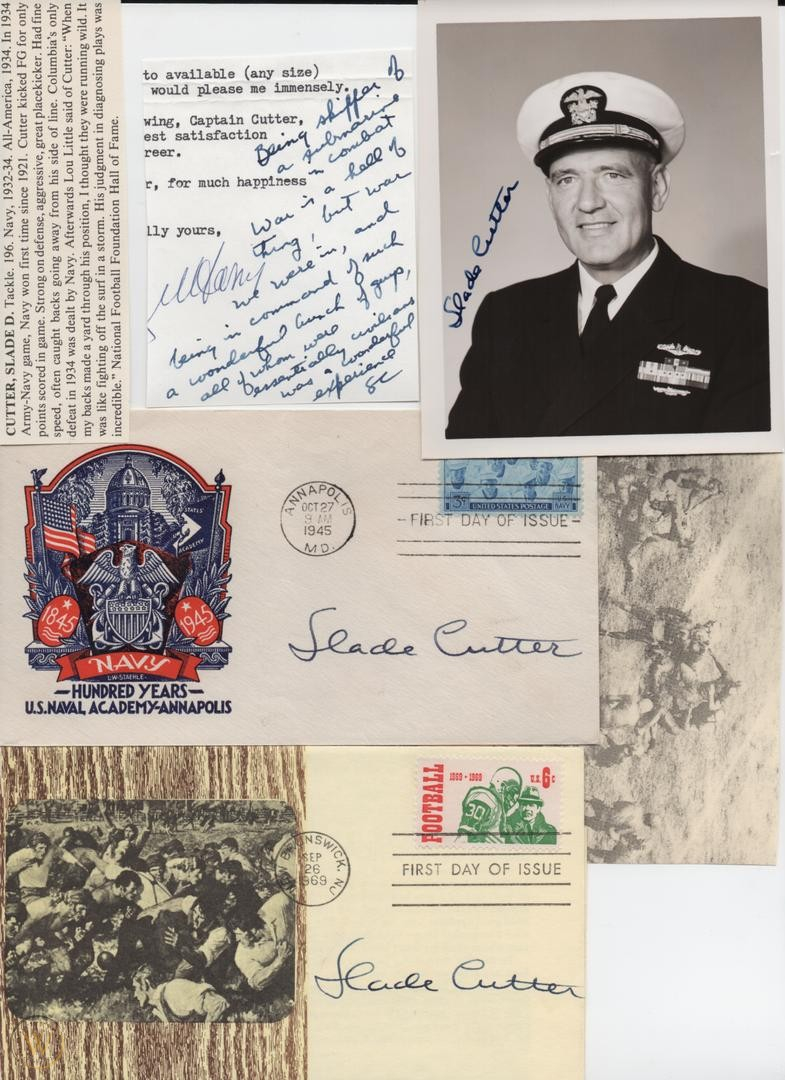
news.va.gov -
Eugene Fluckey graduated from Annapolis in 1935 and entered the submarine service in 1938. When World War II broke out, he was posted aboard the USS Bonita, where he completed five war patrols before being assigned to command the USS Barb, SS-220. Fluckey led the submarine on seven war patrols from March 1944 to the conclusion of the war in August 1945.
On one instance, Fluckey landed a group of troops on the Japanese home islands, accusing them of destroying a train. Fluckey received four Navy Crosses and the Medal of Honor while commanding the USS Barb. Following an attack on a Japanese convoy in 1945, Barb achieved a submarine speed record of 23.5 knots as he escaped from pursuing Japanese destroyers. Following the war, he remained in the Navy, retiring as a Rear Admiral in 1972. In 1992, he published Thunder Below!, a well-received book about the combat patrols onboard the Barb.
In June and July 1945, Fluckey commanded the Barb, the first submarine to use rockets against the enemy, bombarding targets in Japan. As a result, he was instrumental in ushering in an entirely new use of the submarine in warfare. Nuclear submarines now carry both ballistic missiles and cruise missiles for use against land and sea targets.- Date/place of birth: October 5, 1913, Washington, D.C., USA
- Date of death: June 28, 2007, Annapolis, Maryland, USA
- Awards: Navy Cross, Navy Distinguished Service Medal, Legion of Merit
- Sink more than 179,700 tons of ships (25 ships)
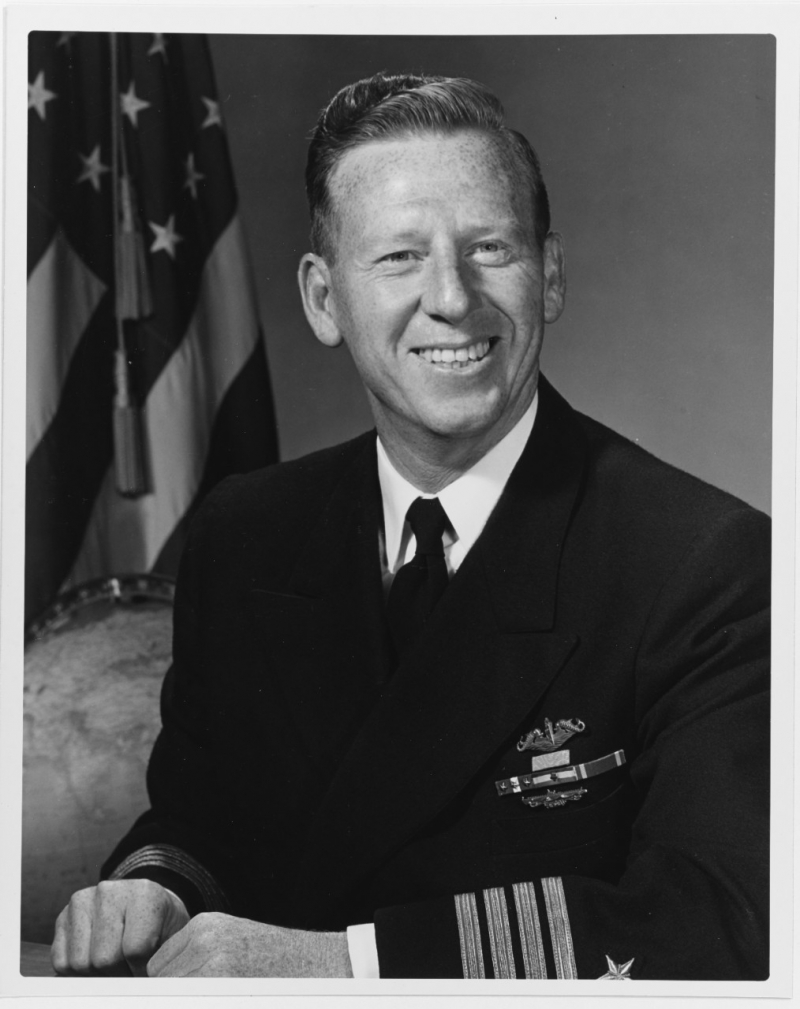
en.wikipedia.org 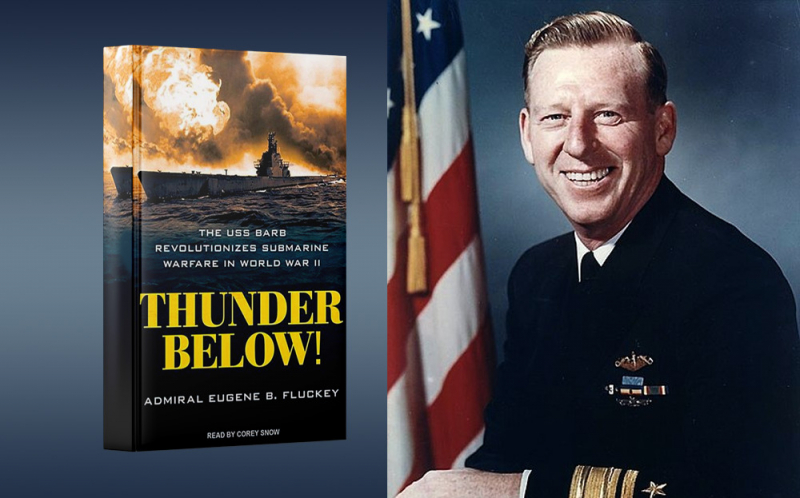
blog.togetherweserved.com -
U-96 was one of four U-boats captained by Heinrich Lehmann-Willenbrock during WWII. Das Boot was later based on the story of U-96. Lehmann-Willenbrock sank almost 120,000 tons of predominantly British commerce, including three troopships, during his three missions in U-96. Lehmann-Willenbrock climbed to command the 9th U-boat Flotilla, primarily operating out of the submarine pens at Brest (St. Nazaire). Despite the Allies' overwhelming air and naval superiority, Lehmann-Willenbrock took command of U-256 and escaped to Norway in September 1944, as Allied troops threatened to capture Brest.
In 1945, Lehmann-Willenbrock surrendered to the British, who imprisoned him for a year before returning him to Germany. He then went back to sea, operating on and commanding merchant ships. He was in command when the German merchant vessel and icebreaker Otto Hahn, a nuclear-powered ship, went into service in 1969. He worked as a consultant on the film Das Boot, in which Jurgen Prochnow played an unnamed commander of U-96 during a 1941 war patrol. From 1939 through 1945, Lehmann-Willenbrock was a member of operational U-boats. Given the casualty rates in that branch of the Army, his survival is amazing. On April 18, 1986, he died in Bremen, his birthplace.
- Date/place of birth: December 11, 1911, Bremen, Germany
- Date of death: April 18, 1986, Bremen, Germany
- Award: Knight's Cross of the Iron Cross
- Sink more than 183,253 tons of ships (25 ships)
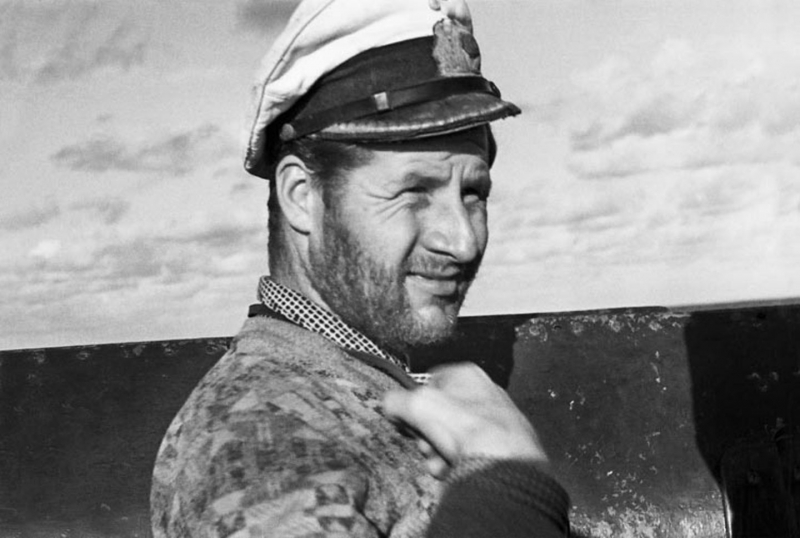
alchetron.com -
On September 11, 1939, a German U-boat sent a radio communication to Winston Churchill, First Lord of the Admiralty. The telegram told him of the sinking of the British merchant ship Firby, provided the ship's last position, and begged that survivors be picked up in the ship's boats. A few days later, Herbert Schultze's U-boat intercepted another British warship. He allowed the ship to continue on its trip as long as it rescued the survivors from Firby and did not radio his ship's whereabouts. It was an unrivaled display of chivalry in a campaign of unrestricted submarine warfare.
From September 1939 through July 1941, Schultze led U-48 on eight combat patrols. Following his spectacular victories at sea, he moved into staff positions, eventually leading the Murwik Naval School. He stayed with that assignment till the war was over. In 1956, he returned to active duty in the West German Navy, retiring in 1968. During his brief active service as a U-boat commander, he had one of the best success rates of the war.
He also gained notoriety within the German high command for his complaints about manufacturing flaws that resulted in numerous failures in German torpedoes. Schultze was also afflicted by health problems. For whatever reason, one of Germany's best U-boat commanders remained ashore from July 1941 until the end of the war, providing an immeasurable benefit to the Allies.
- Date/place of birth: July 24, 1909, Kiel, Germany
- Date of death: June 3, 1987, London, United Kingdom
- Award: Knight's Cross of the Iron Cross
- Sink more than 183,482 tons (28 ships)
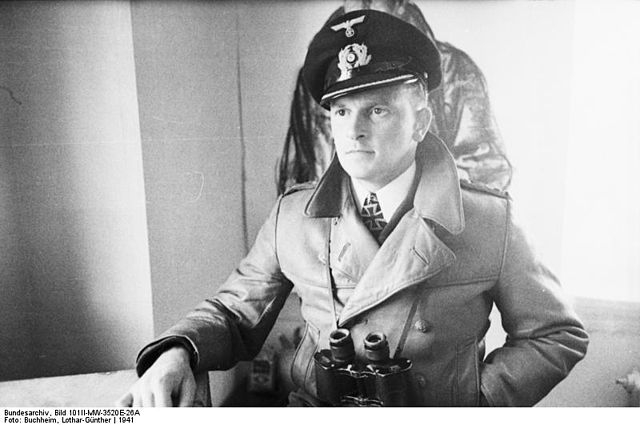
toptenz.net -
Heinrich Liebe is one of the greatest Submarine Aces of World War II. He was one of the most experienced U-boat officers in the Navy when World War II began in September 1939. On September 6, as commander of U-38, he claimed his first victim. Between that date and June 1941, he sank 34 Allied ships, all of which were merchantmen, totaling nearly 190,000 tons.
Liebe was one of the most decorated German U-boat commanders by the summer of 1941. He was also one of the most senior, both in terms of time served and position. As new U-boats emerged from German shipyards, the personnel in command became younger and less experienced. Liebe left U-38 in July 1941 to work for the German Naval High Command. His nine combat patrols, all of which were successful, totaled 333 days at sea. During his 21-month at sea career, he sank an Allied ship every ten days on average. During his last patrol, from April to June 1941, he sank eight ships totaling over 47,000 tons. As with Heinrich Liebe, his promotion to staff was a boon to the Allies.
- Date/place of birth: January 29, 1908, Gotha, Germany
- Date of death: July 27, 1997, Eisenach, Germany
- Awards: Knight's Cross of the Iron Cross, Wehrmacht Long Service Award, German Olympic Decoration
- Sink more than 187,267 tons (34 ships)
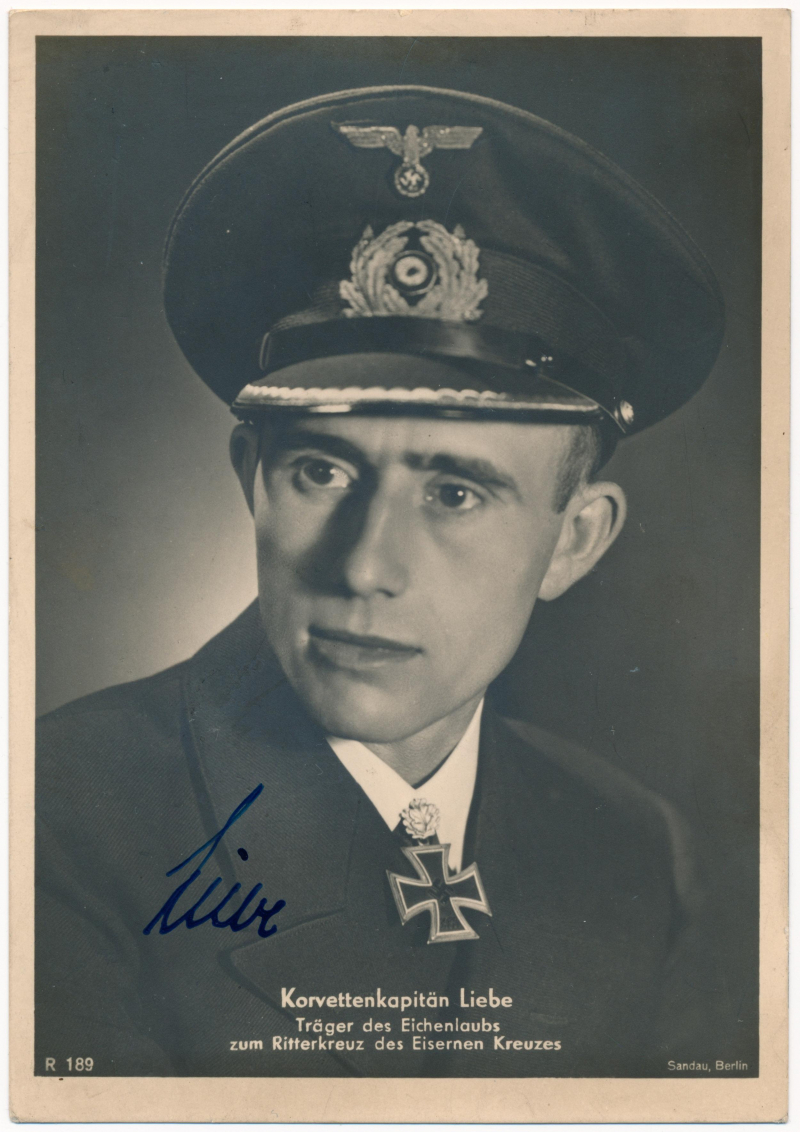
alexautographs.com 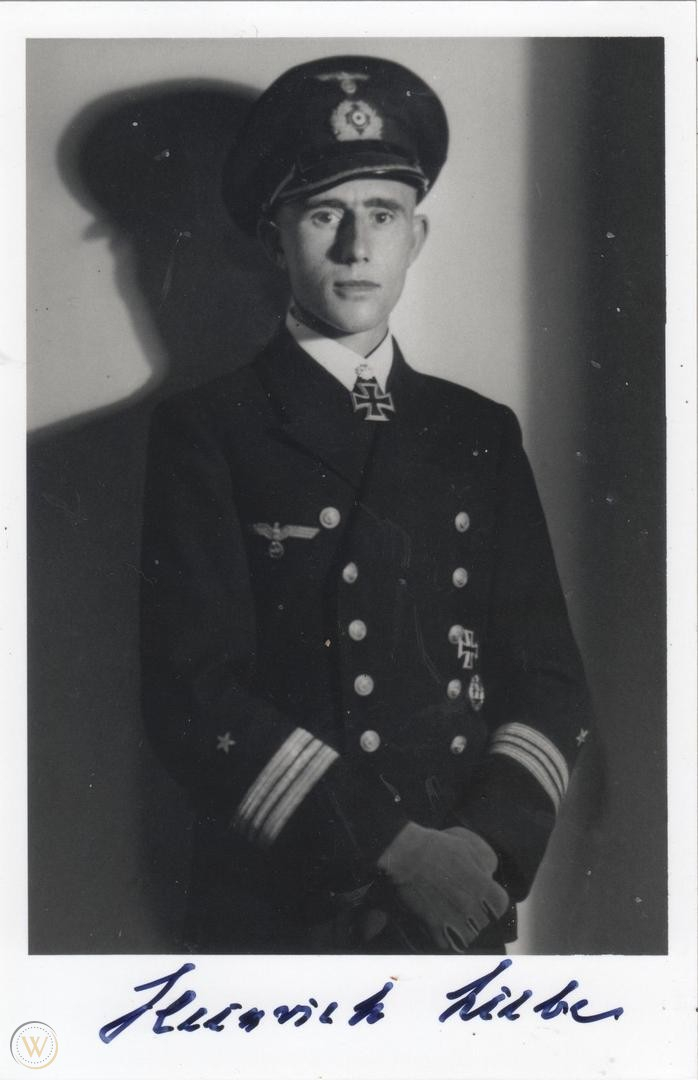
alexautographs.com -
Gunther Prien was the author of a legendary submarine adventure. Under orders from Rear Admiral Karl Donitz, he took his submarine into Scapa Flow, the major anchorage of the Royal Navy's Home Fleet, in October 1939. He sunk the British battleship Royal Oak, which carried over 800 men to their deaths, and escaped capture while fleeing. Prien returned to Germany on October 17 and became an immediate star.
He was the first U-boat commander to be given the Iron Cross Knight's Cross. He was dubbed "The Bull of Scapa Flow" by the German propaganda ministry. Prien had a snorting bull painted on the conning tower of the U-47. Winston Churchill himself described his attack as "a marvel of professional skill and courage." Prien has completed 9 war missions and sank 29 ships by February 1941. Prien was lost at sea on his tenth voyage after another two sinkings. His official cause of death was never determined. Prien is a contentious character, with some accusing him of being an unrepentant and fervent Nazi and others claiming he supported German resistance. His wartime career lasted less than 18 months, making him one of the war's most successful submarine ace.
- Date/place of birth: January 16, 1908, Osterfeld, Germany
- Date of death: March 7, 1941, Southern Region, Iceland
- Awards: Knight's Cross of the Iron Cross, Wehrmacht Long Service Award
- Sink more than 194,103 tons (31 ships)
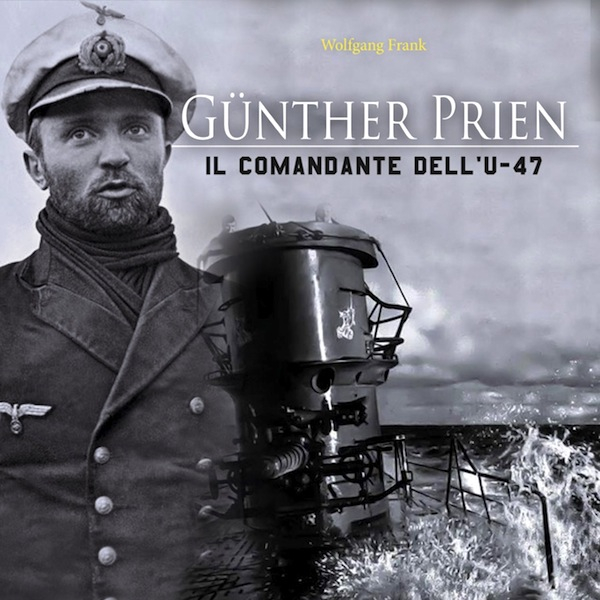
ilmare.com -
During World War II, Erich Topp commanded four different U-boats. The first, U-57, sank in September 1940 after colliding with a Norwegian ship (Norway was neutral at the time). Topp had only been in command for three months and was already responsible for six sinkings. He was later given command of a new ship, U-552. Topp and U-552 were on patrol in the North Atlantic on October 31, 1941, when they came upon the US Navy destroyer Reuben James.
Topp attacked and sank Reuben James as an American ship approached the submarine, despite the fact that the US was officially neutral. Only 44 of the destroyer's 159 crew members survived. During World War II, the Reuben James was the first American ship to be sunk by enemy action. Later, in 1942, Topp sunk six ships off the east coast of the United States, often within sight of land. As Allied ship sinkings increased following America's entry into the war, U-boat captains dubbed it the "Second Happy Time."
Topp was promoted to staff positions in late 1942 after completing nine war patrols and destroyed roughly thirty ships. In late winter 1945, he returned to command two more U-boats, but neither finished a patrol. Following the war, he held positions in the West German Navy and with NATO. He also consulted for the computer game Silent Hunter II. He died in 2005, at the age of 91, in Germany.
- Date/place of birth: July 2, 1914, Hannover, Germany
- Date of death: December 26, 2005, Süßen, Germany
- Awards: Knight's Cross of the Iron Cross, War Merit Cross, Wehrmacht Long Service Award
- Sink more than 197,460 tons (35 ships)
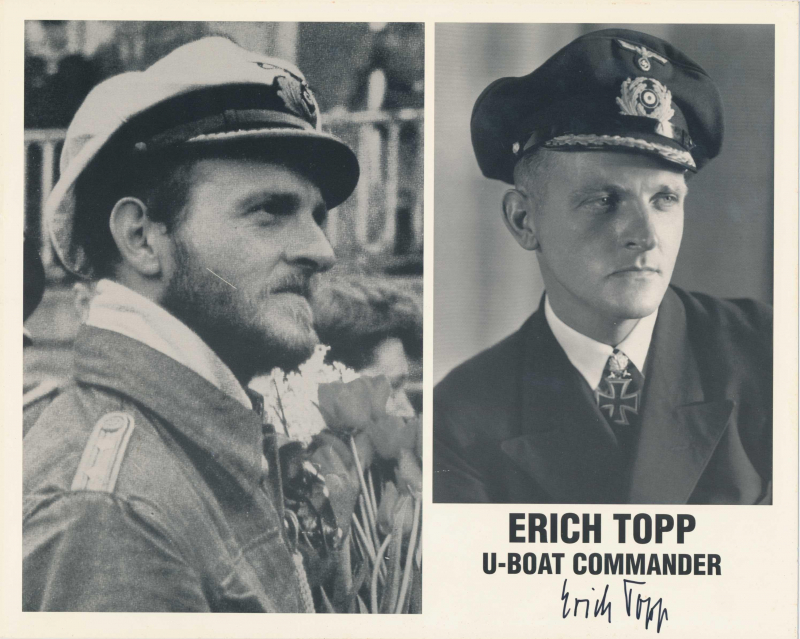
alexautographs.com -
"Wolfgang Luth" ranks 8th in the list of the greatest Submarine Aces of World War II. In 1939, as First Officer under Heinrich Liebe, Wolfgang Luth performed his first war patrol. Luth took leadership of U-9 in December of that year. He attacked and sank a surfaced French submarine, Doris, off the coast of Holland while commanding that U-boat. He took command of U-138 in 1940, and his sinkings continued to rise, reaching well over 55,000 tons by autumn. Luth later commanded the U-43 and the U-181. In 1943, he set off on a voyage in the Indian Ocean and along the coast of South Africa that lasted 205 days, the second longest patrol of any submarine during WWII.
Luth completed 15 combat patrols, surviving depth charging by escort ships, enemy aircraft bombing and strafing flights, and bombardment by armed merchant ships. During the war, he spent nearly 600 days at sea. He took on new responsibilities at Murwik in 1944, and he remained there when the British invaded the area in May 1945. He was returning to the academy on the evening of May 15 after drinking heavily in neighborhood taverns. A sentry signaled him to stop. Luth either did not hear or was too drunk to respond to the German sentry's challenge, and the sentry shot him once in the head. The Germans were given a state funeral by the ocupying British authorities. The sentry was cleared of any wrongdoing by both British and German authorities.
- Date/place of birth: 15 October 1913Riga, Russian Empire (now Latvia)
- Date of death: 14 May 1945 (aged 31)Flensburg-Mürwik, Nazi Germany
- Awards: Spanish Cross, Knight's Cross of the Iron Cross with Oak Leaves, Swords and Diamonds, Croce di Guerra
- Sink more than 221,981 tons (47 ships)
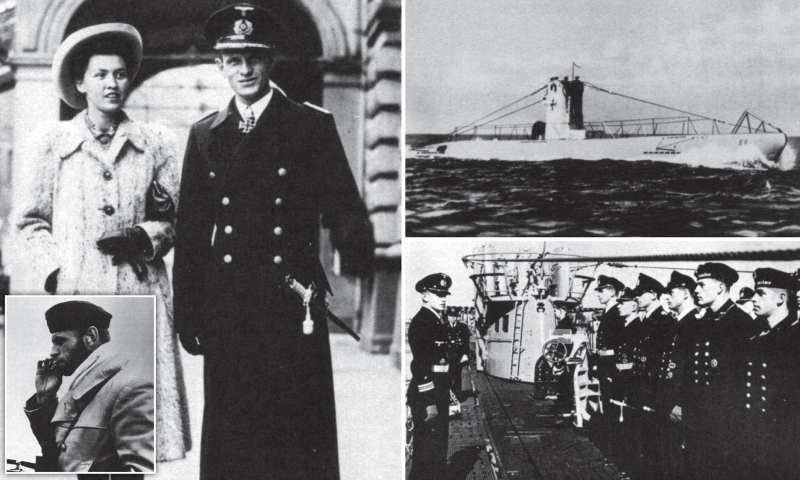
uboat.net 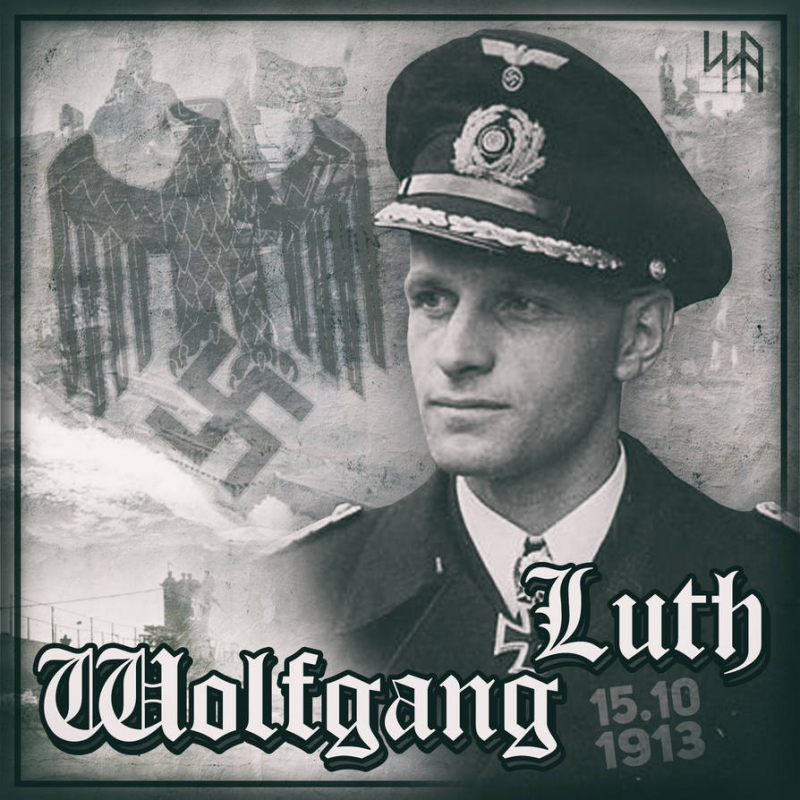
deviantart.com -
During WWII, Richard H. O'Kane participated in ten war patrols in the Pacific. In five years, he was the executive officer of the USS Wahoo, reporting to Dudley "Mush" Morton. He then led the USS Tang on five more occasions. In October 1943, O'Kane took charge of Tang. The submarine damaged 33 Japanese ships before sinking due to a defective torpedo. During airborne operations, it also functioned as a lifeguard. Tang saved 24 American airmen on one such operation.
Tang was involved in a night surface fight in October 1944 when one of its Mark 18 torpedoes went on a circular run. Tang was hit by the malfunctioning weapon and sank as a result of his inability to avoid it. Only nine men, including O'Kane, survived and were taken prisoner by the Japanese. O'Kane was imprisoned at Ofuna for a time without being informed by the Red Cross. He was afterwards transported to the POW camp in Omoru. Greg "Pappy" Boyington of the Black Sheep Squadron was one of his fellow inmates.
Following the war, Richard O'Kane stayed in the Navy until his retirement in 1957. Among the many stories surrounding his career is his skill at cribbage. O'Kane is said to have once hit a 29 in one hand against odds of over 200,000 to one. His personal cribbage board (though not the board on which the score was recorded, which Tang lost) is still assigned to the wardroom of the US fleet's oldest attack submarine.
- Date/place of birth: February 2, 1911, Dover, New Hampshire, USA
- Date of death: February 16, 1994, Petaluma, California, USA
- Awards: Legion of Merit, Medal of Commendation, Navy Cross, Silver Star
- Sink more than 227,824 tons (33 ships)
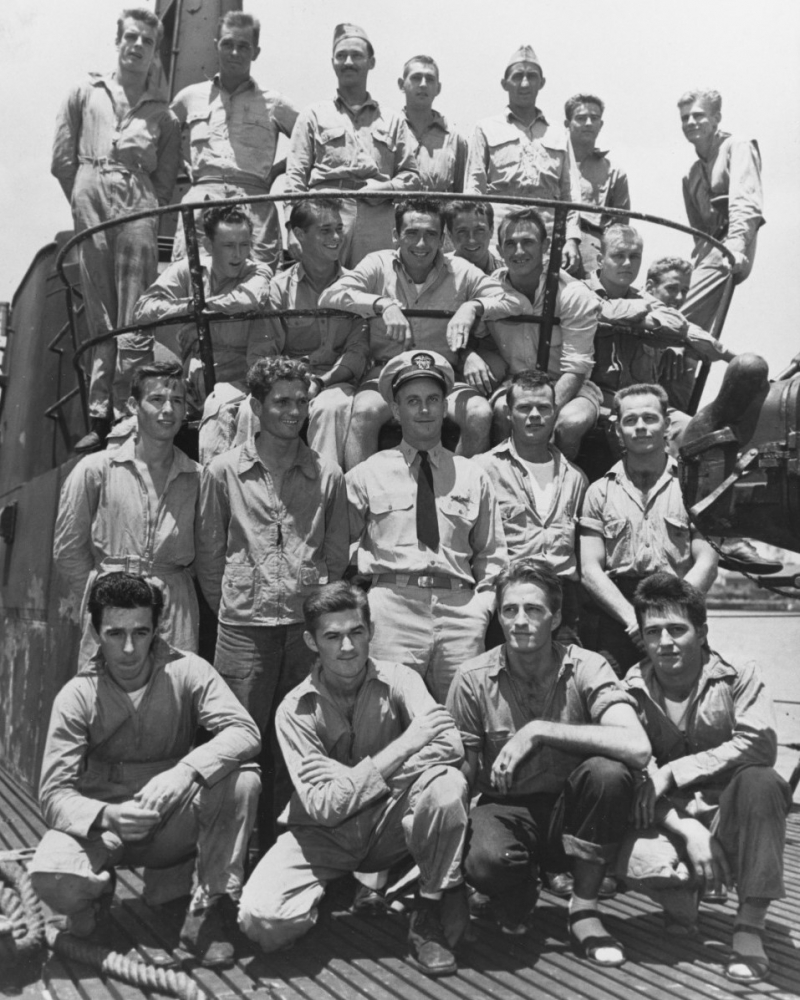
warhistoryonline.com -
For submarine warfare, Otto Kretschmer is known as the "Ace of Aces." His destructive career in the Atlantic began in 1939. His early patrols were short in length and moderately unsuccessful. By early 1940, he had figured out his favorite method of assault. Kretschmer preferred to attack from the surface if possible, at night, and with a single torpedo rather than salvoes. Kretschmer took command of U-99 in April 1940. He took U-99 inside enemy convoys whenever possible, allowing him to attack in any direction before diving the boat to escape.
Kretschmer finished his 15th war patrol in December 1940. He assaulted a convoy escorted by British destroyers in March 1941. It was part of the same operation that cost the Germans Gunther Prien's life. The severity of the British depth charging forced Kretschmer to surface his ship, signal that it was sinking, and order his crew to abandon ship. The Germans sank U-99, and Kretschmer became a prisoner of war.
He spent the rest of the war in a prisoner of war camp in Canada after being kept in Britain for some time for interrogation. On December 31, 1947, he was liberated and returned to West Germany. He joined the West German Navy in 1955. He served with NATO until 1970, when he retired as an admiral. Otto Kretschmer died in an accident on a boat, after falling down some steep steps and suffering fatal injuries. He was 86 years old and on a cruise to commemorate his 50th wedding anniversary.
- Date/place of birth: May 1, 1912, Hajduki Nyskie, Poland
- Date of death: August 5, 1998, Straubing, Germany
- Award: Knight's Cross of the Iron Cross, Iron Cross
- Sink more than 274,333 tons (44 ships)
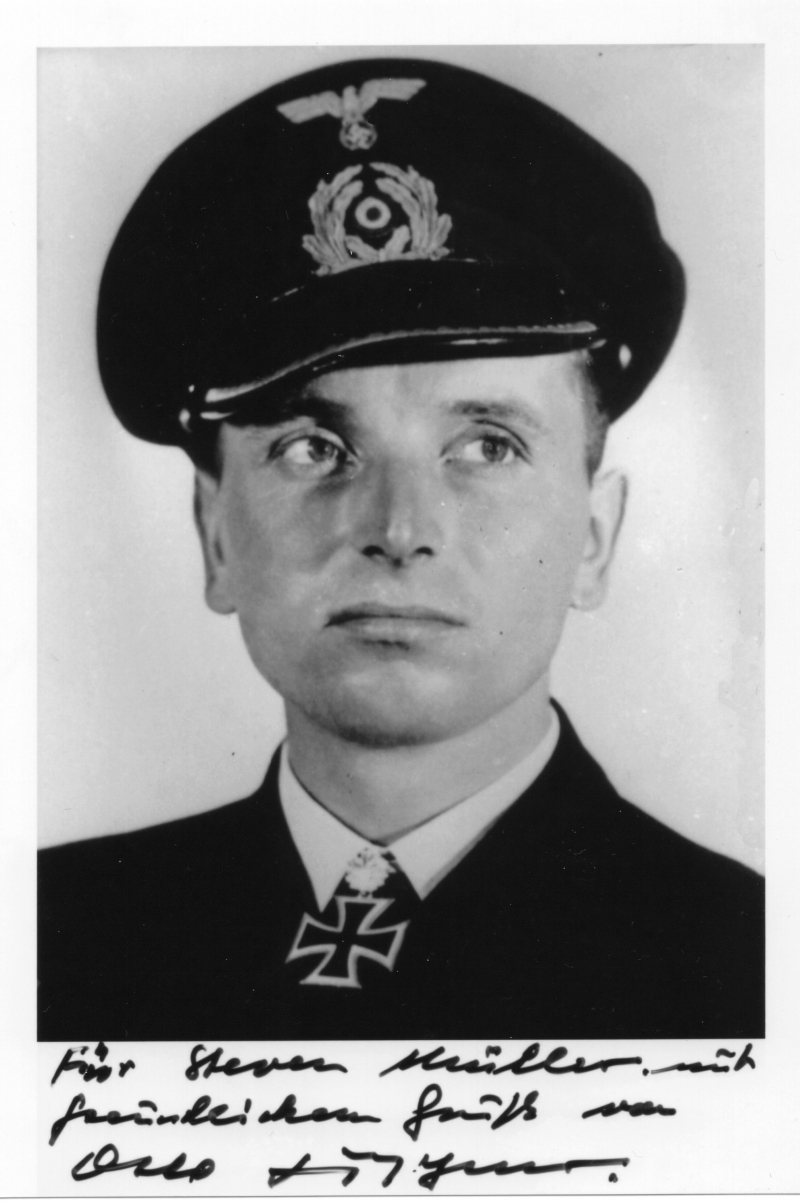
pinterest.com 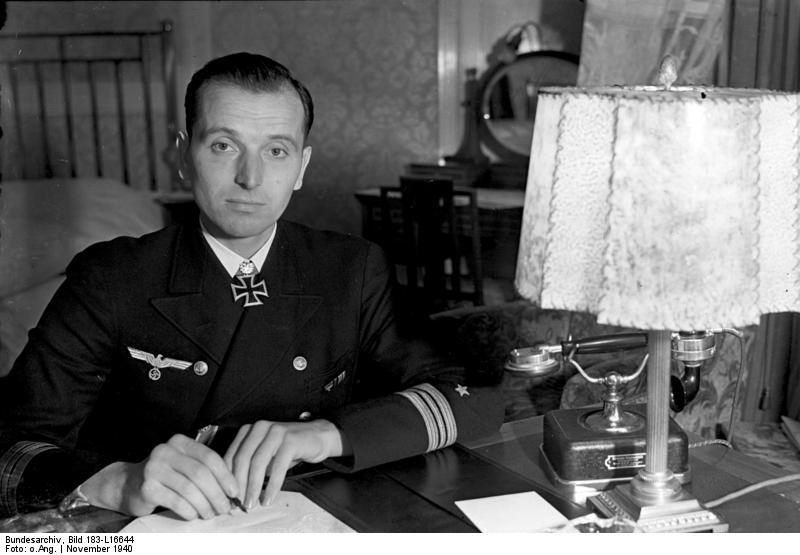
pinterest.com












